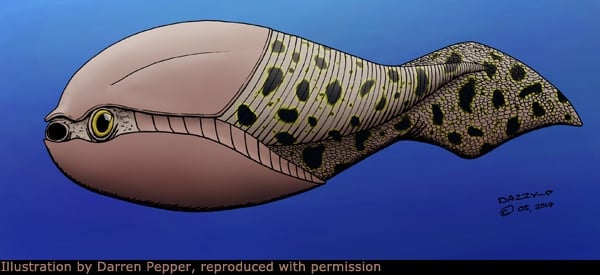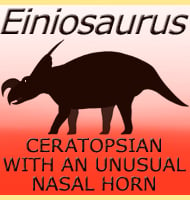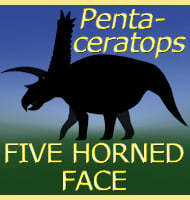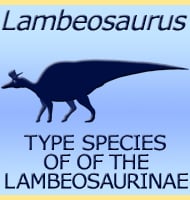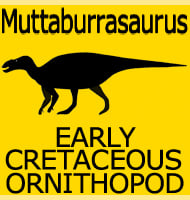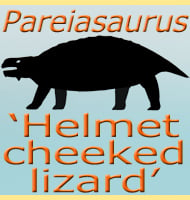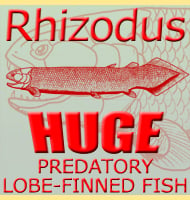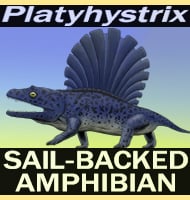In Depth
Arandaspis is today one of the better known Ordovician fishes, though its appearance is not what you might expect. The body of Arandaspis was long yet deep, with a single fin extending around the posterior half of the body. As such Arandaspis is not thought to have been a particularly powerful or graceful swimmer, possibly propelling itself through the water with just a series of rapid yet slight laterally undulating (side to side) body movements. Arandaspis also had two ‘shields’ made from thin bone, the lower being deeper than the upper. These would have provided support for the body as well as a degree of protection, but there were still gaps so that features such as eyes and gills were not obstructed.
Arandaspis may have been a predator of other much smaller marine organisms. However the mouth points downwards, suggesting that it may have been a bottom feeder, either scooping up small bottom dwelling organisms or particles of organic matter that had fallen to the sea floor. Although Arandaspis was a jawless fish, it is still believed to have had plates inside the mouth that allowed the lips to have been flexible. To a certain extent this means that Arandaspis would have been able to manipulate things into its mouth.
Further Reading
- First Ordovician vertebrates from the Southern Hemisphere, A. Ritchie & J. Gilbert-Tomlinson - 1977.
